Lemongrass isn’t just a kitchen staple in Asian cuisine—it’s a fragrant, multipurpose herb that’s quickly becoming a favorite in American kitchens, herbal remedies, and home gardens. With its citrusy aroma, healing benefits, and decorative charm, lemongrass (botanically known as Cymbopogon citratus) is more than just a cooking ingredient—it’s a lifestyle herb that blends culinary delight with natural wellness.
In this detailed guide, we’ll explore everything you need to know about lemongrass: from its nutritional profile and health benefits to growing tips, cooking uses, and even its role in modern wellness routines.
What Is Lemongrass?
Lemongrass is a tall, tropical plant native to South and Southeast Asia. Known for its sharp, lemony fragrance, it belongs to the grass family (Poaceae). Despite its tropical origin, it’s now widely cultivated in warm climates across the U.S.—especially in states like Florida, Texas, and California.
The plant’s long, thin stalks resemble scallions but have a tough, fibrous texture. The lower stalks and leaves are rich in aromatic oils, giving lemongrass its signature lemon scent with subtle ginger undertones.
Nutritional Value of Lemongrass
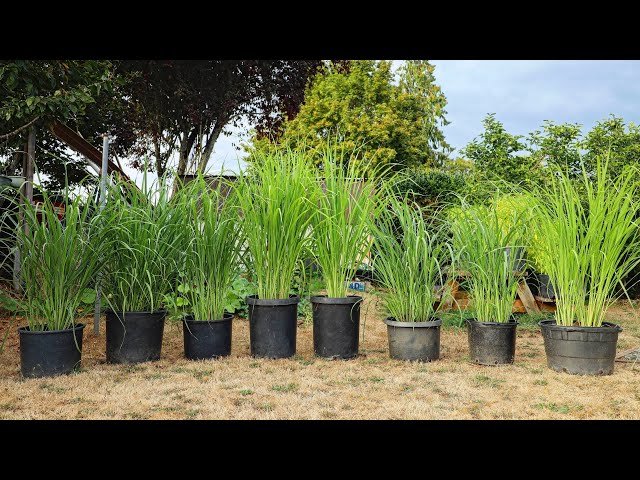
Lemongrass isn’t just flavorful—it’s packed with nutrients that promote wellness. Here’s what this aromatic herb brings to your plate:
- Rich in antioxidants – Helps neutralize free radicals and protect cells.
- Contains vitamin A and C – Supports immune health and skin vitality.
- High in essential minerals – Potassium, calcium, magnesium, and iron contribute to heart and bone health.
- Low in calories – Ideal for flavoring dishes without adding unnecessary fat or sugar.
A cup of lemongrass tea, for instance, offers hydration, mild detox benefits, and a refreshing way to consume antioxidants naturally.
Health Benefits of Lemongrass
For centuries, lemongrass has been celebrated in Ayurveda and traditional Chinese medicine. Today, science supports many of its health claims. Let’s look at why this fragrant herb is considered a natural healer:
1. Supports Digestion
Lemongrass tea is a popular natural remedy for bloating, constipation, and indigestion. Its essential oils—particularly citral—help relax stomach muscles, improving digestive flow and nutrient absorption.
2. Boosts Immunity
Loaded with antioxidants and antimicrobial properties, lemongrass helps strengthen your immune system. It’s often consumed during cold and flu season to fight infections naturally.
3. Reduces Stress and Anxiety
Aromatherapy experts swear by lemongrass essential oil for its calming effects. The refreshing scent helps reduce stress, uplift mood, and promote relaxation.
4. Supports Healthy Skin
Thanks to its antibacterial and antifungal properties, lemongrass can help clear acne and skin irritations. It’s also used in toners and body scrubs to promote clear, glowing skin.
5. Aids in Detoxification
Lemongrass acts as a mild diuretic, helping the body flush out toxins while maintaining electrolyte balance. It’s a favorite addition to detox water and herbal infusions.
Growing Lemongrass at Home
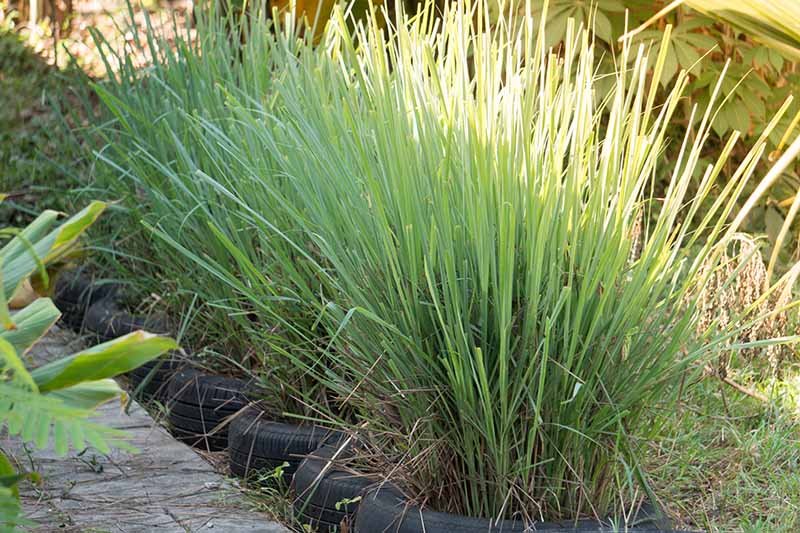
Lemongrass is surprisingly easy to grow, making it an excellent choice for home gardeners who love both beauty and utility. Whether you live in a warm U.S. state or use indoor containers, this hardy herb adapts well with minimal maintenance.
Planting Tips
- Start from stalks or seedlings: You can root store-bought lemongrass stalks by placing them in a glass of water until roots appear.
- Sunlight: Lemongrass thrives in full sun—at least 6–8 hours of direct sunlight daily.
- Soil: Use well-draining soil rich in organic matter.
- Spacing: Plant stalks about 24 inches apart to allow for full growth.
Watering and Care
Lemongrass loves moisture but hates soggy roots. Keep the soil evenly moist but not waterlogged. In colder climates, it’s best to grow lemongrass in pots so it can be brought indoors during winter.
Harvesting
You can harvest lemongrass once the stalks are about half an inch thick. Cut near the base and use the lower white portion for cooking. The leaves can be dried for tea or aromatic use.
Culinary Uses of Lemongrass
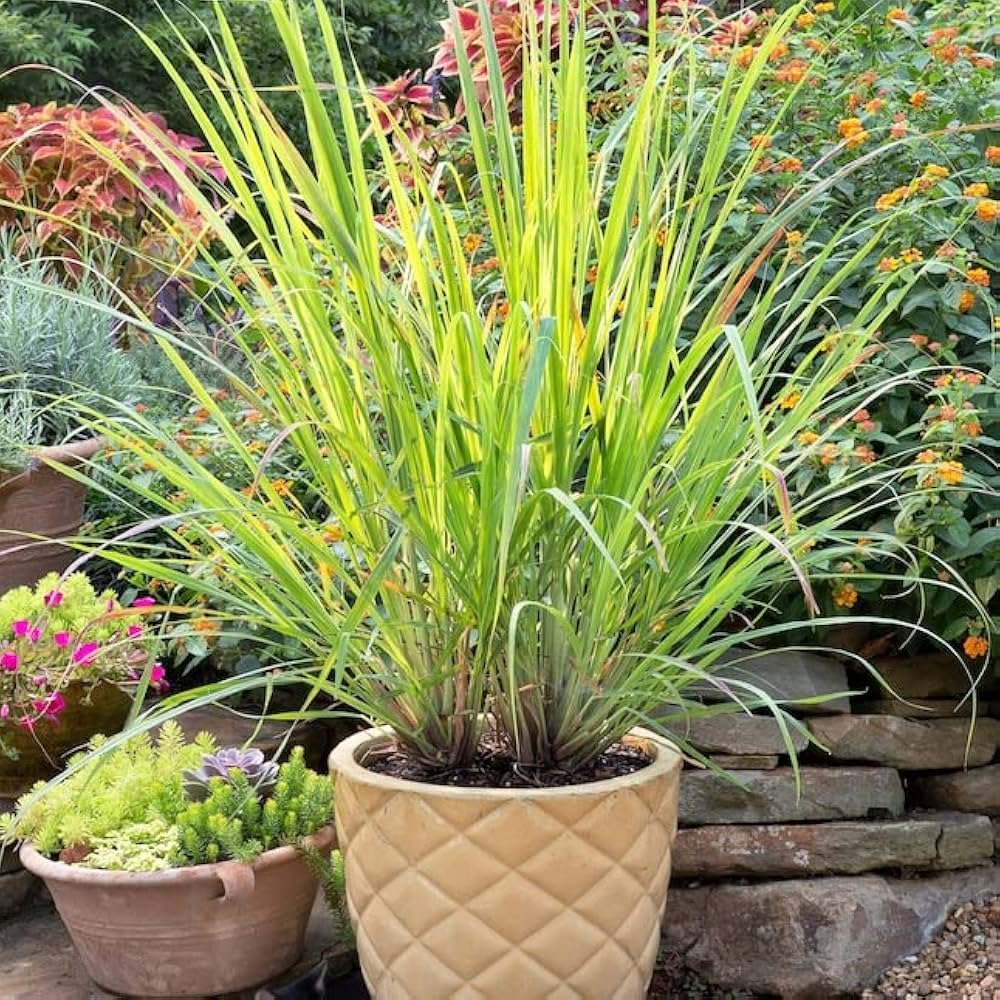
Lemongrass is an essential ingredient in Southeast Asian dishes, especially Thai, Vietnamese, and Indonesian cuisines. Its flavor is lemony, slightly sweet, and gently spicy—adding a refreshing zing to many recipes.
Here are some popular ways to use it:
1. Soups and Curries
Lemongrass gives depth to broths like Tom Yum soup and coconut-based curries. Pair it with garlic, ginger, and chili for a bold, aromatic base.
2. Marinades and Grilled Dishes
Crushed lemongrass stalks are perfect for marinating chicken, shrimp, or tofu. It infuses a citrusy note that enhances flavor without overpowering.
3. Herbal Teas
Lemongrass tea is one of the simplest and healthiest ways to enjoy this herb. Boil fresh or dried leaves in water, add honey, and sip for relaxation and detox.
4. Desserts and Beverages
Mix lemongrass syrup into cocktails, iced tea, or desserts for an exotic twist. It pairs beautifully with lime, coconut, and ginger flavors.
Lemongrass in Modern Wellness
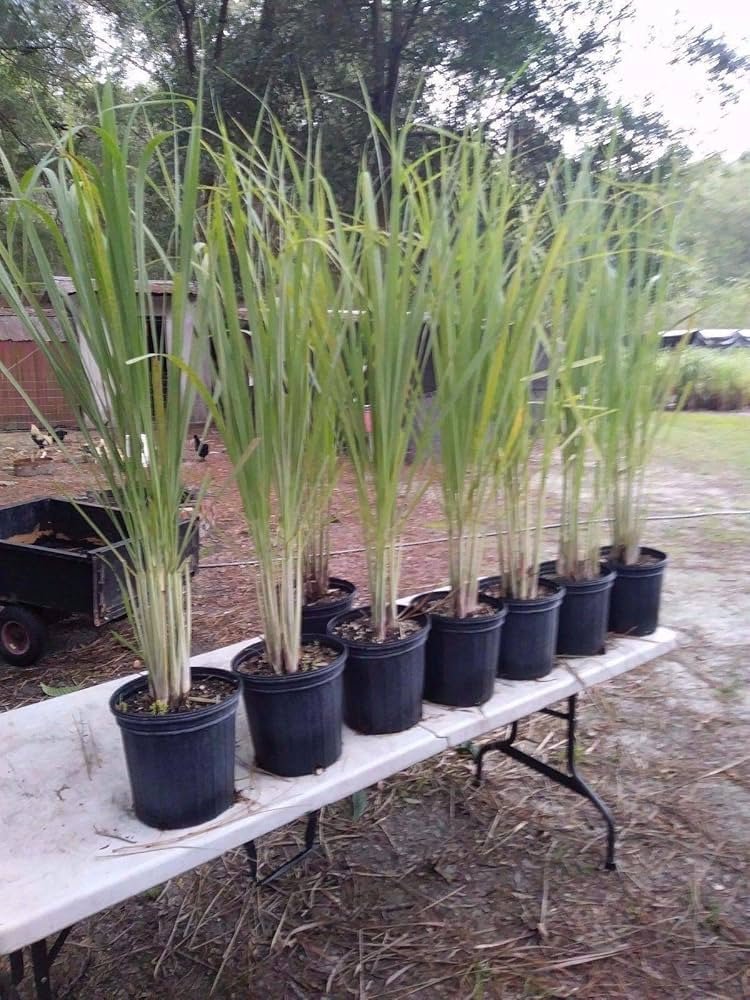
Beyond the kitchen, lemongrass has found its way into the modern wellness movement. From essential oils to spa products, it’s become a natural favorite for its soothing, antibacterial, and aromatic properties.
Aromatherapy & Essential Oil Use
Lemongrass essential oil helps relieve anxiety, muscle tension, and headaches. Add a few drops to a diffuser or bath for an instant spa-like experience.
Natural Beauty Products
It’s commonly found in soaps, lotions, and deodorants due to its cleansing and deodorizing power. The oil helps purify the skin and scalp, making it ideal for oily skin types.
Holistic Healing
Herbalists recommend lemongrass tea or oil for improving sleep quality and mental focus. Its refreshing aroma also helps reduce fatigue and enhance mindfulness.
Sustainability and Environmental Benefits
Lemongrass is a sustainable crop that benefits the environment as much as it benefits your health. It requires minimal fertilizer, repels pests naturally, and even helps prevent soil erosion. Additionally, its oil can be used as an eco-friendly insect repellent—a natural alternative to chemical sprays.
Bringing Lemongrass into Everyday Life
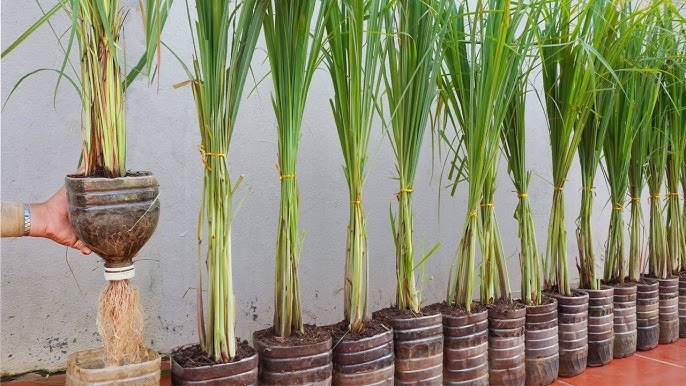
Whether you’re an avid gardener, home chef, or wellness enthusiast, lemongrass fits seamlessly into a modern American lifestyle. Its versatility makes it an excellent addition to your:
- Home garden: Easy to grow and visually attractive.
- Kitchen pantry: Adds flavor and fragrance to every dish.
- Wellness routine: Natural detoxifier and stress reliever.
- Beauty shelf: Refreshing, purifying, and aromatic.
Final Thoughts
Lemongrass is more than just a fragrant herb—it’s a symbol of harmony between flavor, health, and sustainability. From nourishing your body with antioxidants to calming your mind through aromatherapy, this humble plant proves that nature offers everything we need for wellness and joy.
Whether you’re brewing lemongrass tea on a chilly morning, seasoning a summer barbecue, or planting a few stalks in your backyard, this versatile herb will fill your life with freshness, vitality, and zest—naturally.
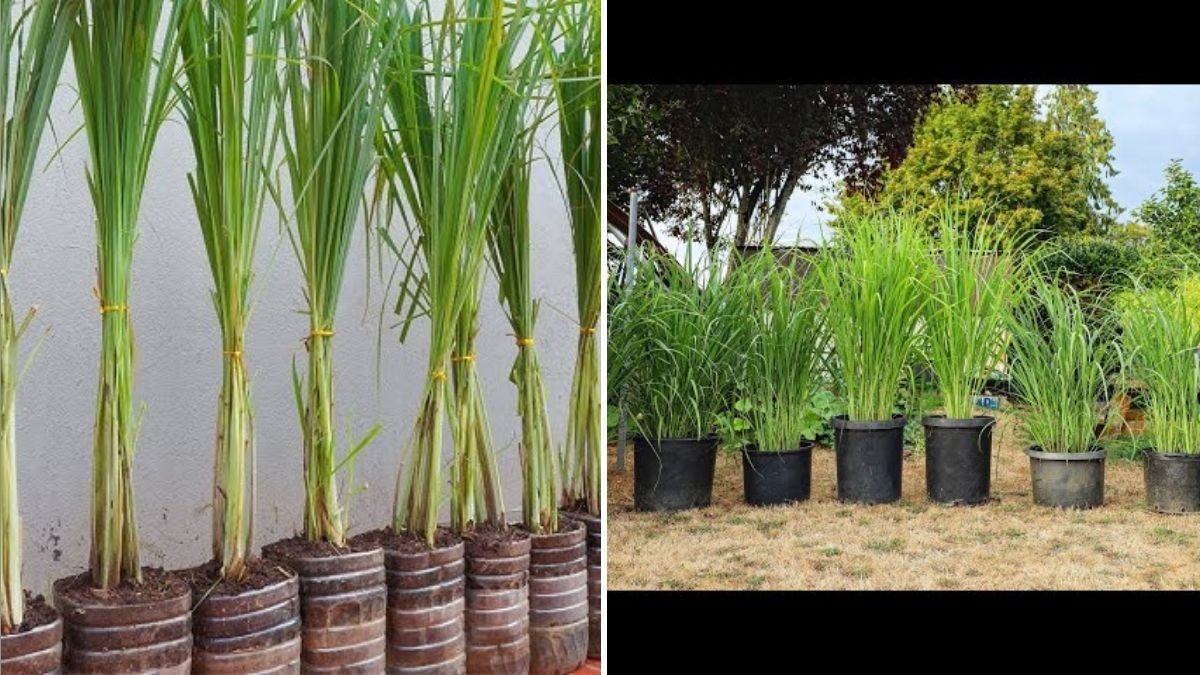





Leave A Comment